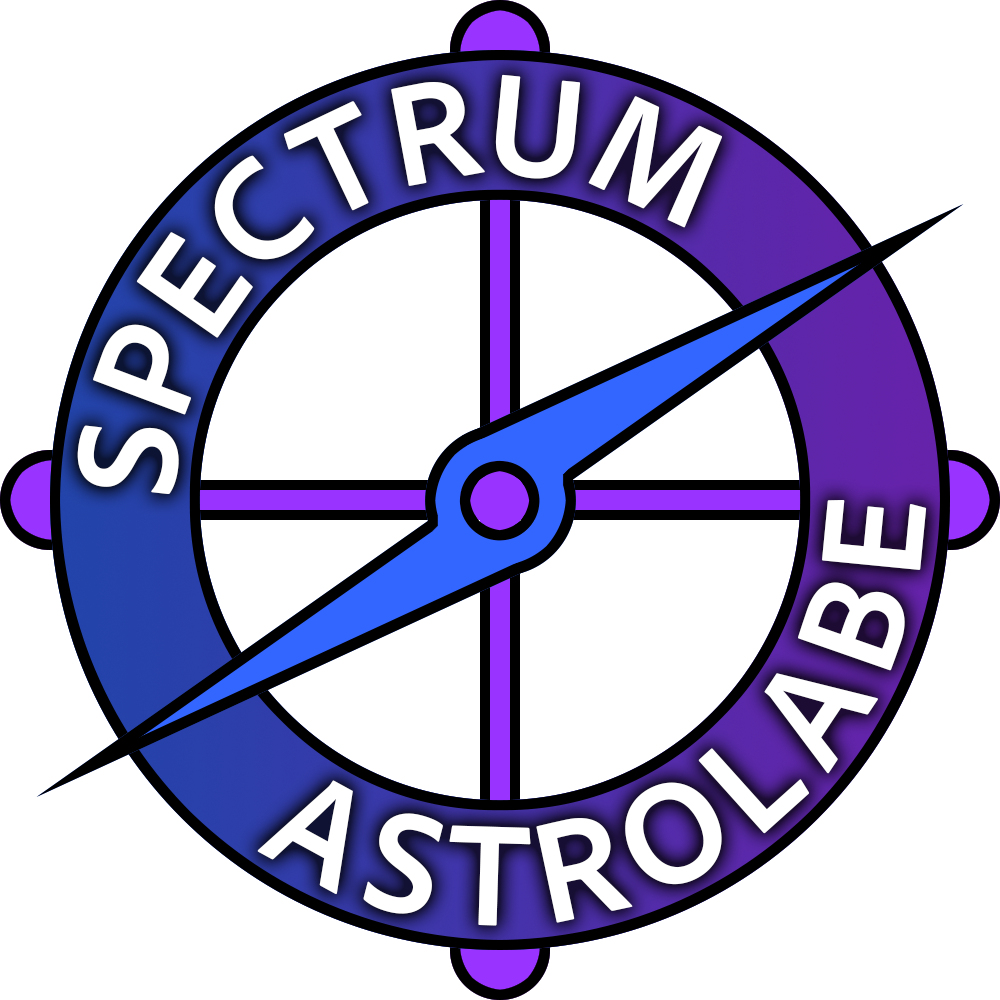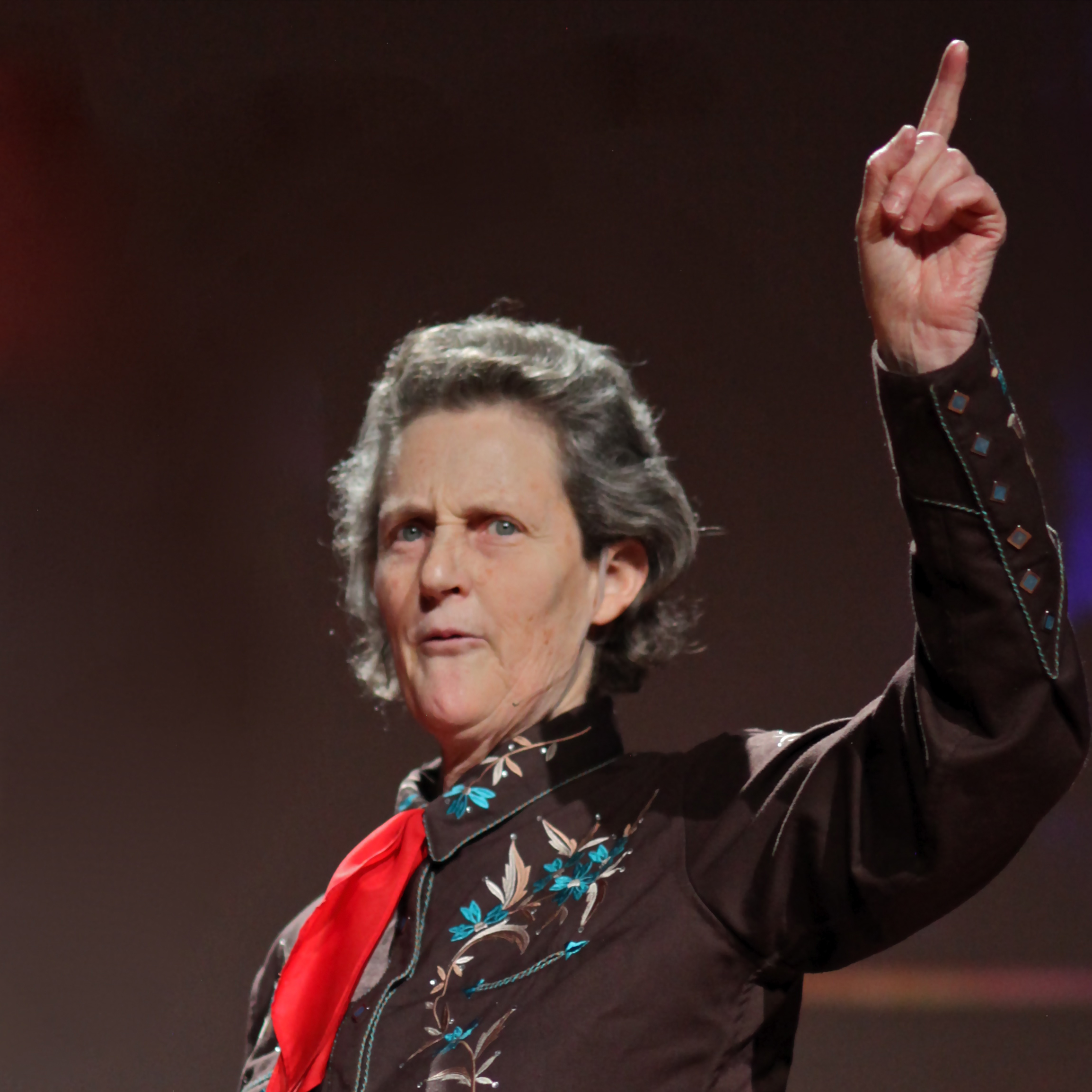You never know when a moment on screen will turn your world upside down. That’s what happened to Jenn Freeman, a dancer and choreographer, when she watched Chris Fischer’s autism diagnosis unfold in the documentary series “Expecting Amy.” Sitting in her living room, Freeman recognized something deeply familiar in Fischer’s story. “It was an epiphany,” she said. “Like in that moment, I just really felt I was like, this is me.” That realization sent her on a journey that would change her life and become the heart of the new documentary “Room to Move.”
For many of us in the autistic and neurodivergent community, late diagnosis is something we know all too well. But rarely do we see it captured with the honesty and creativity that Freeman brings. Over five years, “Room to Move” follows her as she processes her diagnosis, reexamines her childhood, and transforms her discoveries into a solo dance piece called “Is It Thursday Yet?”
Rethinking the Past After Diagnosis
Getting diagnosed as an adult is a mixed bag. There’s relief, but also a flood of questions. Freeman described it as a gift, but not an easy one to unwrap. “It gets harder before it gets better,” she admitted. “There’s just a lot to unpack and reframe.” Through old home movies, therapy sessions, and dance rehearsals, the film shows how Freeman’s new understanding let her revisit memories that once felt confusing or isolating, like the times she was overwhelmed by noise or struggled to fit in at school. She found comfort in movement long before she knew why. “Dance was always my language,” she explained, “and suddenly I could see why it had been my lifeline all along.”
Stories That Break the Mold
Director Alexander Hammer, who also received an autism diagnosis during filming, brings his own perspective to the project. He described the film’s style as a blend of real-life footage, personal archives, and scenes from Freeman’s evolving stage show. The result isn’t a checklist of traits, but a window into the sensory and emotional world of someone living on the spectrum.
Amy Schumer, who produced the film with her husband Chris Fischer, said, “Absolutely, one of the key takeaways is to destigmatize autism. With limited representations like ‘Love on the Spectrum’ or ‘Rain Man,’ many people lack a comprehensive understanding of autism. There aren’t numerous individuals who openly discuss their experiences.” Freeman herself remembered searching for autistic role models and finding only a handful, like Temple Grandin. “I think it’s beneficial to share diverse experiences from the spectrum,” she said.
Why Representation Matters
Media still tends to show autism through a narrow lens, often focusing on young, white, male characters or the so-called “autistic genius.” Freeman and Hammer’s openness about late diagnosis and masking challenges those stereotypes. Their stories show that autistic adults come from all walks of life and that many spend years hiding their differences to fit in.
Research has shown that people diagnosed later in life often face more mental health challenges before their diagnosis, and the process of “unmasking” can be both freeing and overwhelming. Freeman’s experience highlights how important it is to have the right words and community. “For me, I wasn’t missing pieces. I’m just still putting the puzzle together,” she said.
Looking at Autism with Fresh Eyes
“Room to Move” doesn’t tie everything up with a bow. Instead, it invites us to see autism as a spectrum of lived experiences, not a single story. As one expert said on PBS, “All brains are different, and the sooner we accept that and embrace that, there is a vast diversity from one individual to another in terms of how their brains are wired, more importantly, how that brain interacts with the environment.”
If you take away anything from Freeman and Hammer’s journeys, it’s that learning about yourself isn’t just about getting a label. It’s about finding the language, tools, and people who help you thrive. Or as Amy Schumer put it, “I just wanted to encourage people to not be afraid of that stigma.”
Citations
- Hammer, A. (Director), & Lia, J., Stuart, I., Heiferman, R., Miccio, R., Schumer, A., & Fischer, C. (Producers). (2025). Room to Move [Documentary]. Good Company.
- Variety Staff. (2025, June 11). Amy Schumer on ‘Room to Move’ Doc: ‘We Want To Destigmatize Autism.’ Variety. https://variety.com/2025/film/news/amy-schumer-room-to-move-destigmatize-autism-1236424050/
- Tribeca Film Festival. (2025). Room to Move. Tribeca Festival Official Selection. https://tribecafilm.com/films/room-to-move-2025
- IMDb News Staff. (2025, June 27). Amy Schumer on Her Tribeca Doc ‘Room to Move’. IMDb News. https://www.imdb.com/news/ni65329997/
- Room to Move Film Team. (2025). About the Film. Room to Move Official Site. https://www.roomtomovefilm.com
- FilmFreeway Staff. (2024). Room to Move. FilmFreeway. https://filmfreeway.com/RoomToMove
- BibGuru. (2019). APA: How to cite a documentary [Update 2025]. BibGuru Guides. https://www.bibguru.com/g/apa-documentary-citation/
- KPBS Staff. (2025). Room to Move at Tribeca. KPBS. [URL not provided in search results]
- LA Dance Chronicle Staff. (2025). Jenn Freeman and the Language of Dance. LA Dance Chronicle.
- PBS NewsHour. (2025). Understanding Autism: New Stories and Perspectives. PBS NewsHour.










